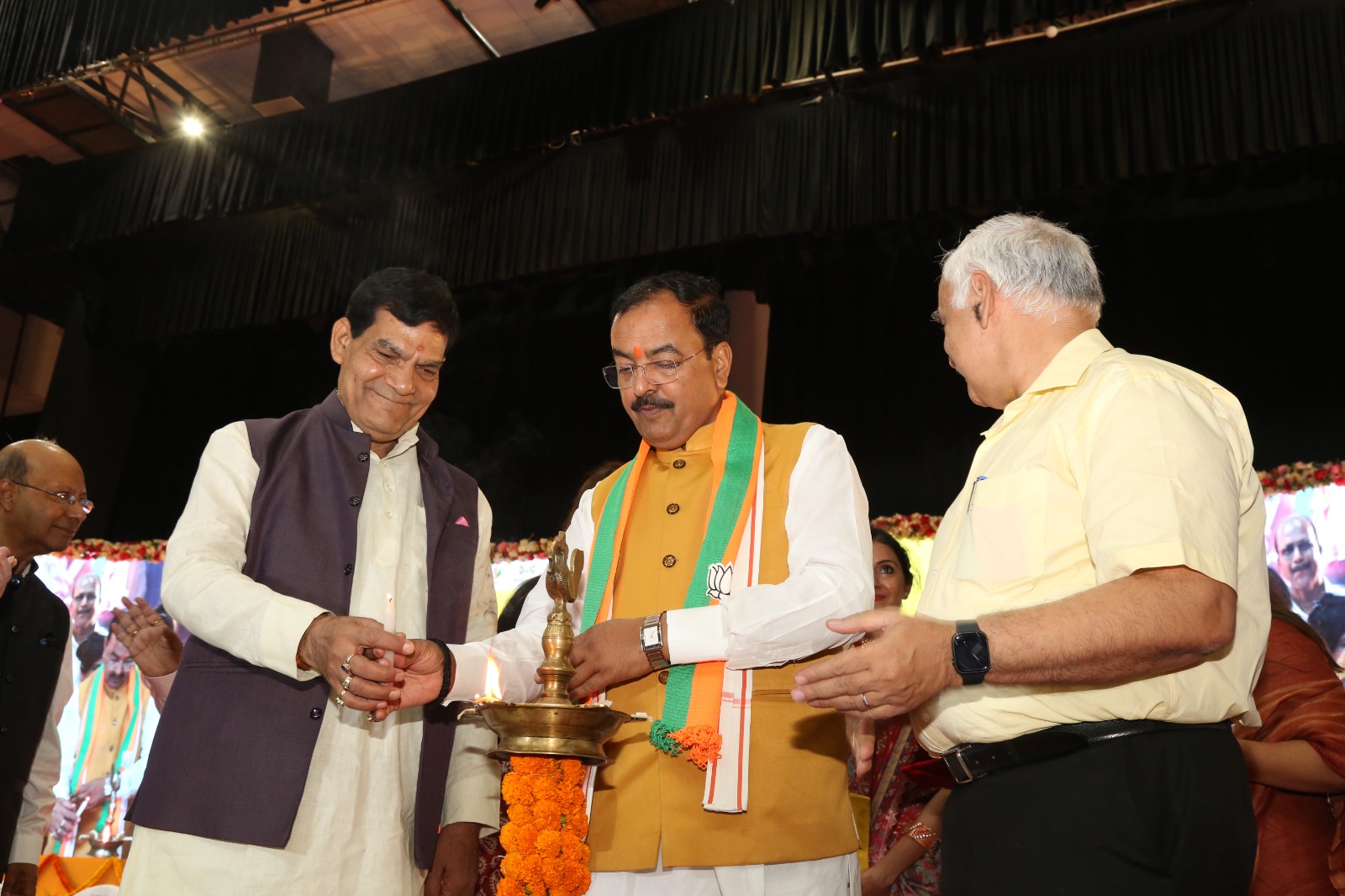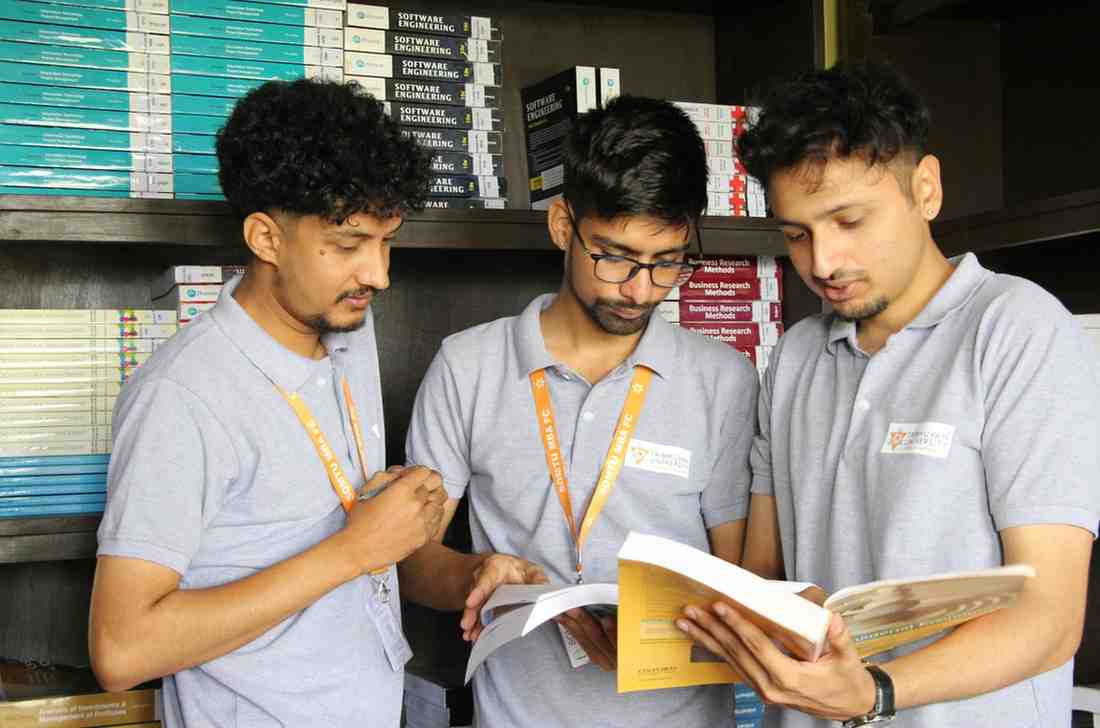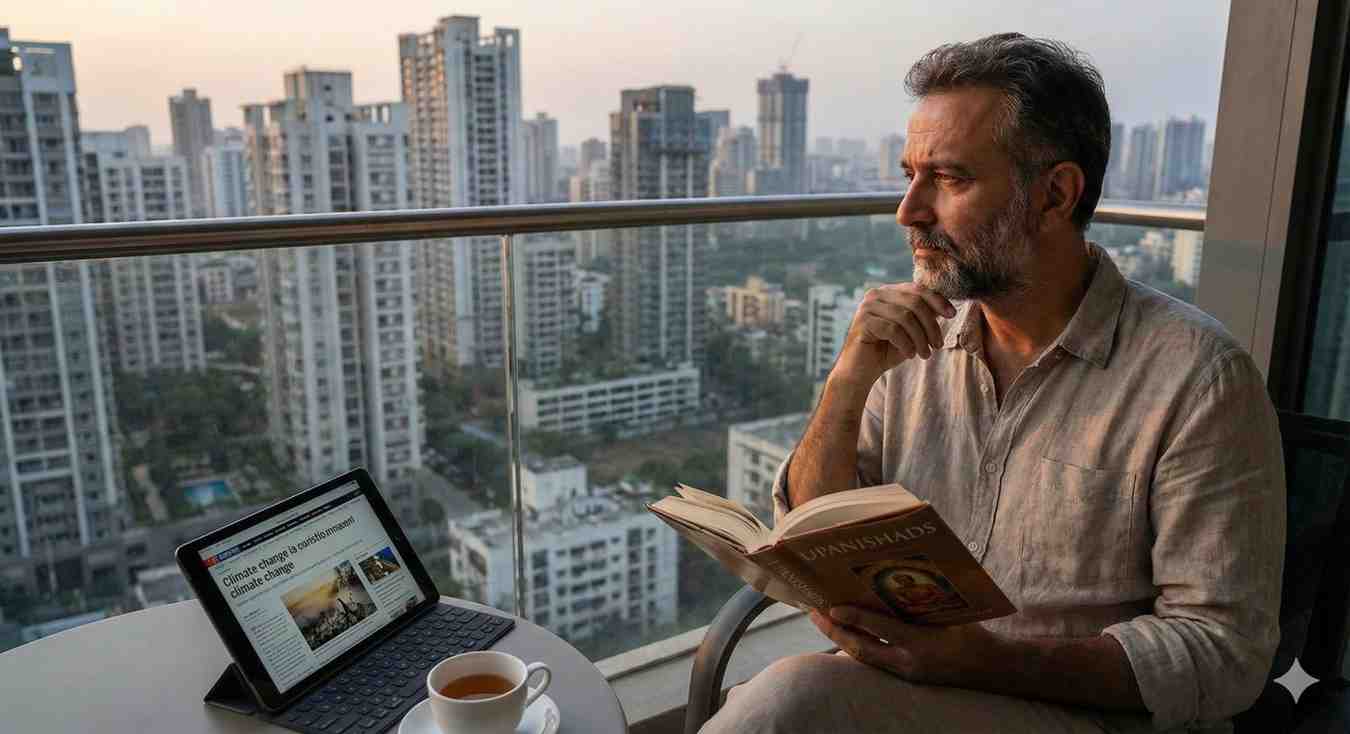
The Role of Local Governance in Shaping Uttar Pradesh’s Future
- admin
- October 14, 2025
- Discover, Elections, Uttar Pradesh
- 0 Comments
The Influence of MLAs and Local Representatives on Uttar Pradesh’s Development
KEY METRICS:
- MLA Representation: Uttar Pradesh has 403 legislative assembly constituencies, with each representing around 5.6 lakh people, making the role of MLAs crucial in shaping policies at both the local and state levels.
- Panchayati Raj: There are over 58,000 Gram Panchayats and 825 urban local bodies in Uttar Pradesh, including municipal corporations and Nagar Palikas, directly governed by elected representatives.
- Budget Allocation: The state allocated ₹8,000 crore for urban development and local governance in the 2023-24 state budget, aiming to strengthen local institutions and infrastructure.
- Electoral Participation: In the 2022 state elections, Uttar Pradesh saw a voter turnout of 64.6%, with local governance issues like development, law and order, and health services playing a significant role in voter behavior.
NEWS BODY
Uttar Pradesh, India’s most populous state, plays a pivotal role in shaping the country’s political and economic future. While much of the attention is often directed towards the state government and its chief ministers, local governance in Uttar Pradesh, including the role of Members of Legislative Assembly (MLAs) and local representatives like Paarshads (municipal councillors), plays a crucial part in influencing the state’s policies and development. With a population of over 220 million, Uttar Pradesh’s local governance system is integral to the effective delivery of public services and addressing the unique needs of its diverse population.
The Role of MLAs in State and Local Governance
Members of Legislative Assembly (MLAs) are the elected representatives who serve as a bridge between the state government and the local population. Uttar Pradesh has 403 constituencies in the Legislative Assembly, each representing around 5.6 lakh people. MLAs are tasked with voicing their constituents’ concerns, creating and passing legislation, and helping shape state policies. They hold significant influence in local governance and development by ensuring that the needs of their constituencies are met.
MLAs in UP often take on multiple roles. In addition to lawmaking, they play an active part in managing local development funds, overseeing district-level projects, and addressing constituency-specific concerns like infrastructure, healthcare, education, and employment. Their involvement in day-to-day local governance, such as ensuring that state programs are implemented effectively at the grassroots level, contributes directly to shaping Uttar Pradesh’s future. As part of political campaigns, issues like rural development, electricity, water supply, and unemployment are frequently raised by MLAs to ensure that local needs are prioritized in the state’s development agenda.
Despite their importance, the role of MLAs is sometimes overshadowed by the larger political landscape dominated by state and national politics. Critics argue that there is often a disconnect between state policies and the realities of local governance, with many rural and underserved areas still struggling with poor infrastructure and access to basic services.
Local Representatives: Paarshads and Their Role in Urban Development
Local representatives, such as Paarshads (municipal councillors) in cities and towns, play an equally crucial role in the governance structure of Uttar Pradesh. These representatives are elected at the local level—whether in Nagar Palikas or Municipal Corporations— and are responsible for addressing urban issues such as waste management, sanitation, water supply, street lighting, and local infrastructure.
In cities like Lucknow, Kanpur, and Varanasi, the role of Paarshads has been vital in implementing urban development projects and improving the quality of life for residents. They act as a direct point of contact between the state and the local population, ensuring that government initiatives reach the ground level. Paarshads often have the power to allocate funds for local projects and are deeply involved in issues related to urban planning, housing, and the maintenance of public spaces.
However, the success of local governance in urban areas depends heavily on the coordination between local representatives, the state government, and the district administration. Lack of proper coordination often leads to inefficiencies in implementing welfare schemes and infrastructure projects. Additionally, urban local bodies in Uttar Pradesh face challenges such as underfunding, lack of administrative capacity, and the growing demands of rapidly urbanizing populations.
Grassroots Governance: Panchayati Raj and Rural Development
In rural areas, the Panchayati Raj system plays a vital role in local governance. Uttar Pradesh has over 58,000 Gram Panchayats, which are the primary institutions for local governance in rural areas. These grassroots-level bodies are responsible for managing the delivery of public services, including water supply, sanitation, education, health services, and road construction.
The Gram Panchayats are led by elected representatives, such as the Sarpanch (head of the village) and other panchayat members, who work to address local development needs. The Panchayati Raj system is considered a vital component of rural governance, as it brings decision-making power closer to the people. It also allows local communities to be directly involved in the planning and execution of developmental programs.
However, rural governance in UP faces numerous challenges, including limited financial resources, lack of trained personnel, and political interference. While the Panchayati Raj system has the potential to strengthen rural governance, its success depends on ensuring that it has the necessary resources, training, and autonomy to function effectively. Additionally, increasing political awareness and participation in rural areas is key to making local governance more accountable and responsive to the needs of the population.
Political Influence and the Changing Role of Local Governance
Over the past few years, the role of local governance in Uttar Pradesh has evolved with changing political dynamics. While MLAs and local representatives have always played a crucial role, political parties have increasingly recognized the importance of addressing local issues to maintain electoral support. As Uttar Pradesh heads into its next set of elections, local governance issues are becoming a major talking point for both voters and political parties.
With issues like infrastructure development, healthcare, and education taking center stage, the role of MLAs and Paarshads in implementing local policies will be critical. Furthermore, the growing demand for decentralization of power and more local control over decision-making is likely to reshape the way local governance functions in the future.
Conclusion
Local governance in Uttar Pradesh, through the leadership of MLAs, Paarshads, and rural representatives, plays a vital role in shaping the state’s future. Whether addressing urban challenges, rural development, or the implementation of state policies, these local leaders are integral to the growth and prosperity of Uttar Pradesh. While the state has made strides in empowering local representatives, ongoing challenges related to resources, political coordination, and administrative capacity must be addressed to ensure that Uttar Pradesh’s political landscape is more responsive, inclusive, and development-oriented.
As the state continues to grow, strengthening local governance structures and ensuring that political representatives are better equipped to handle the demands of their constituencies will be key to shaping a more sustainable and prosperous future for Uttar Pradesh.



